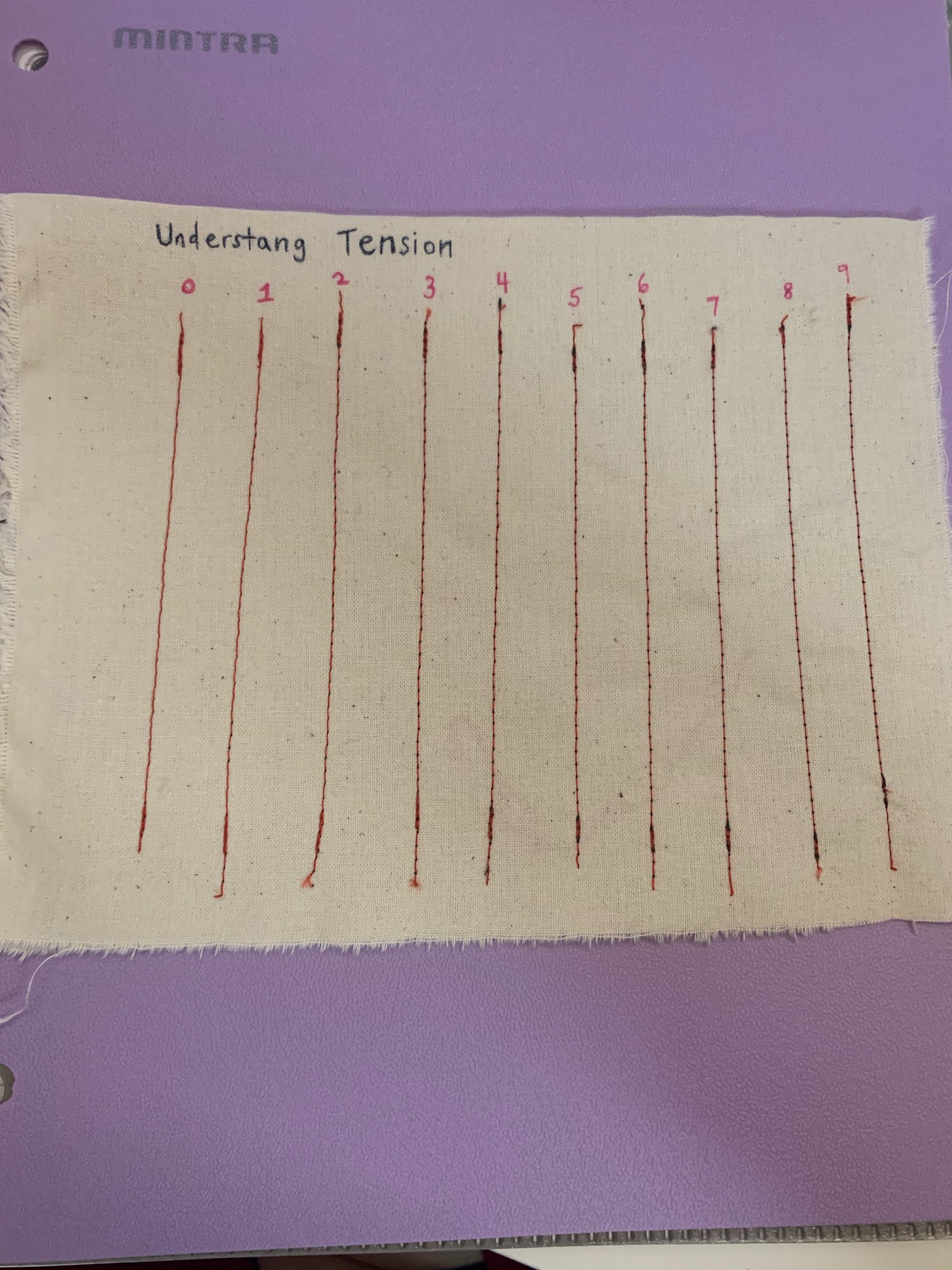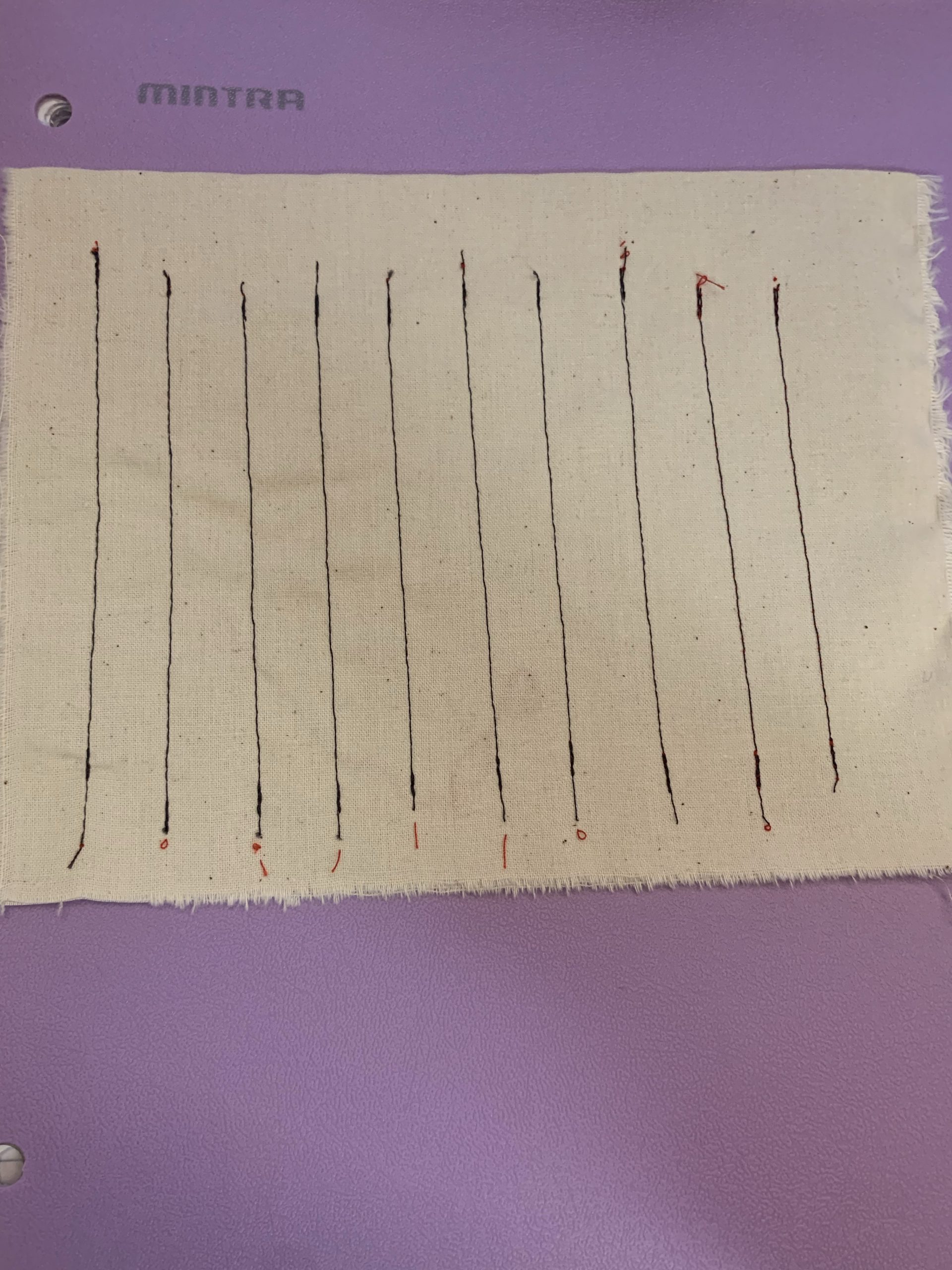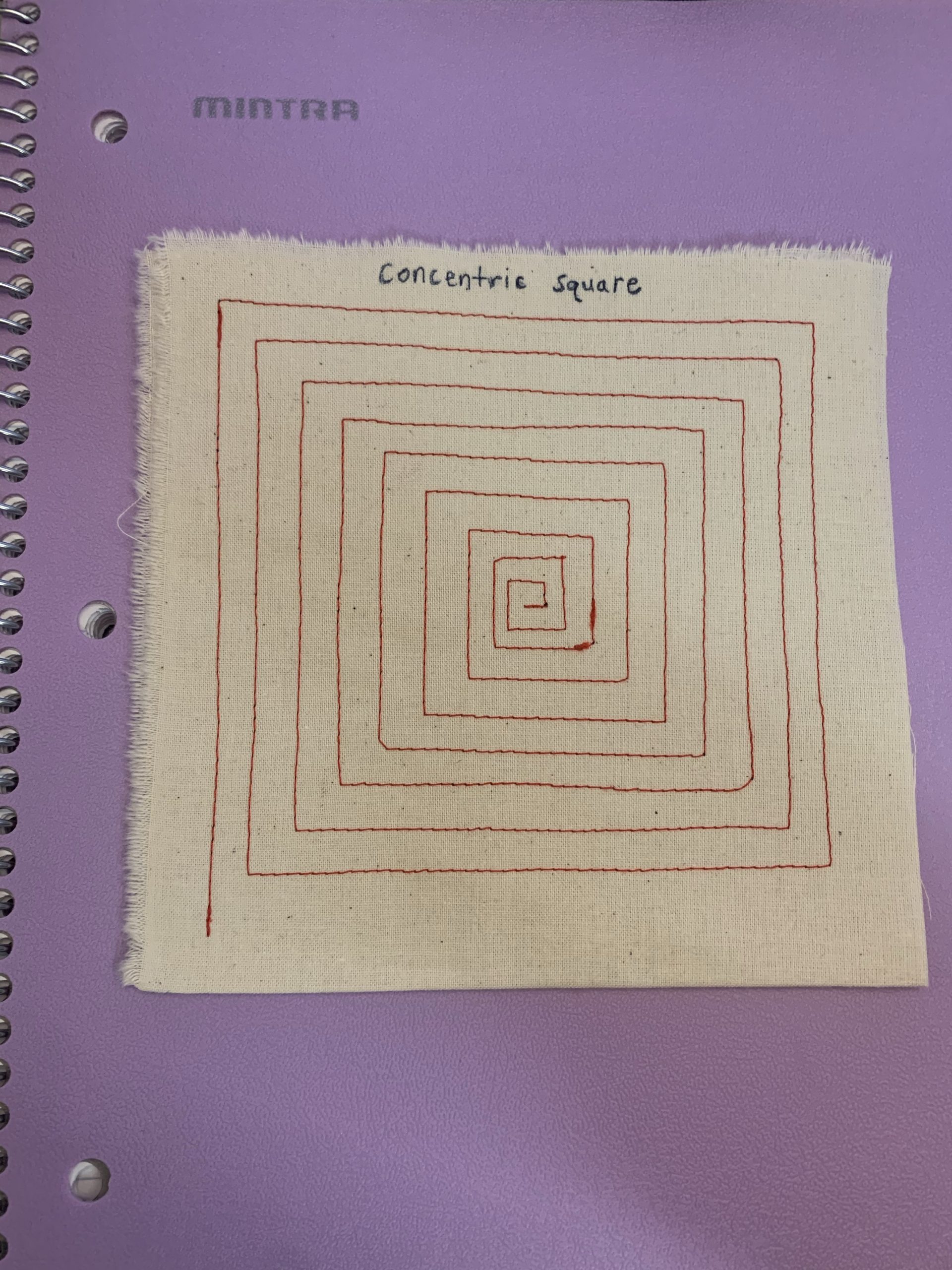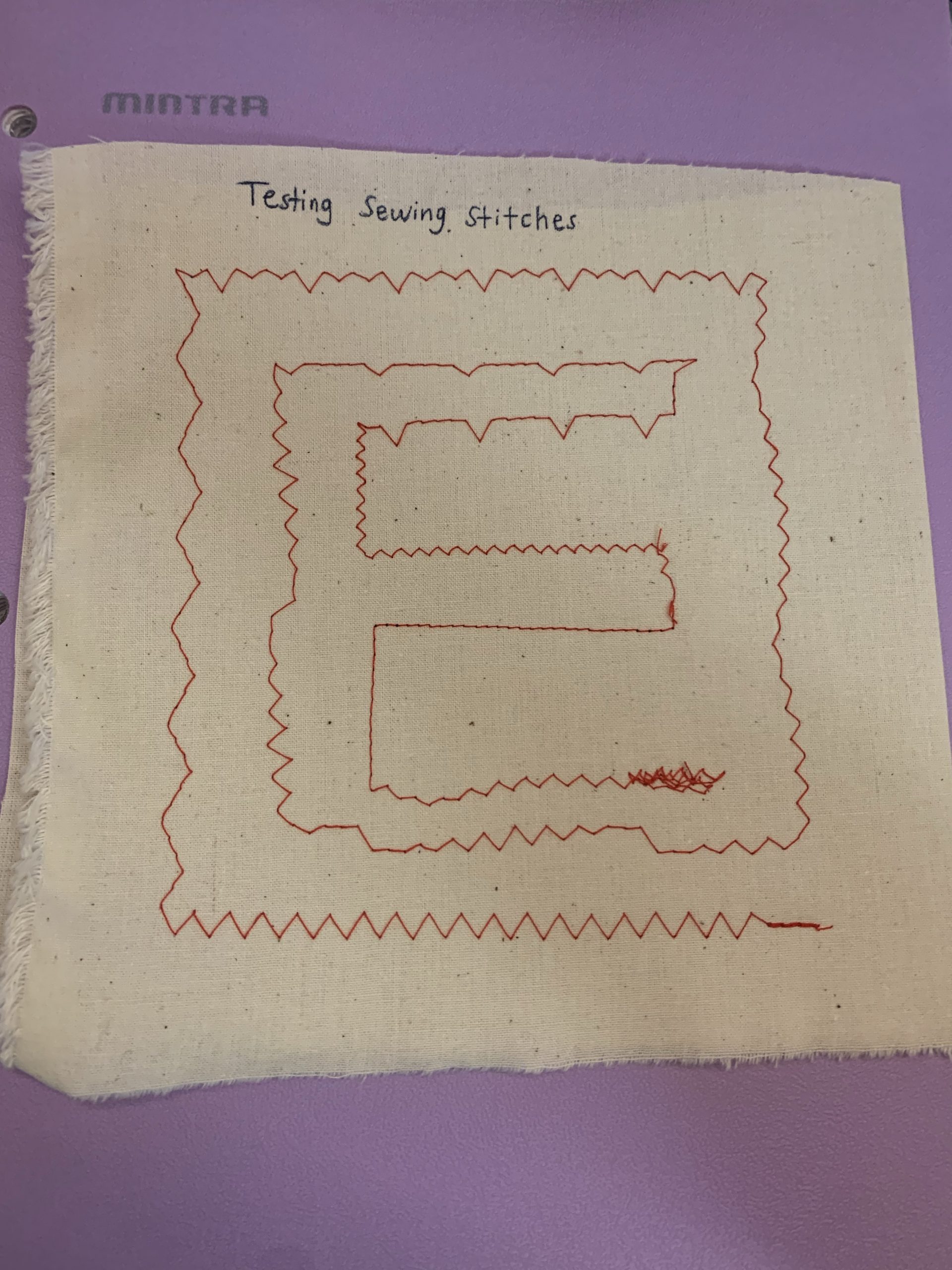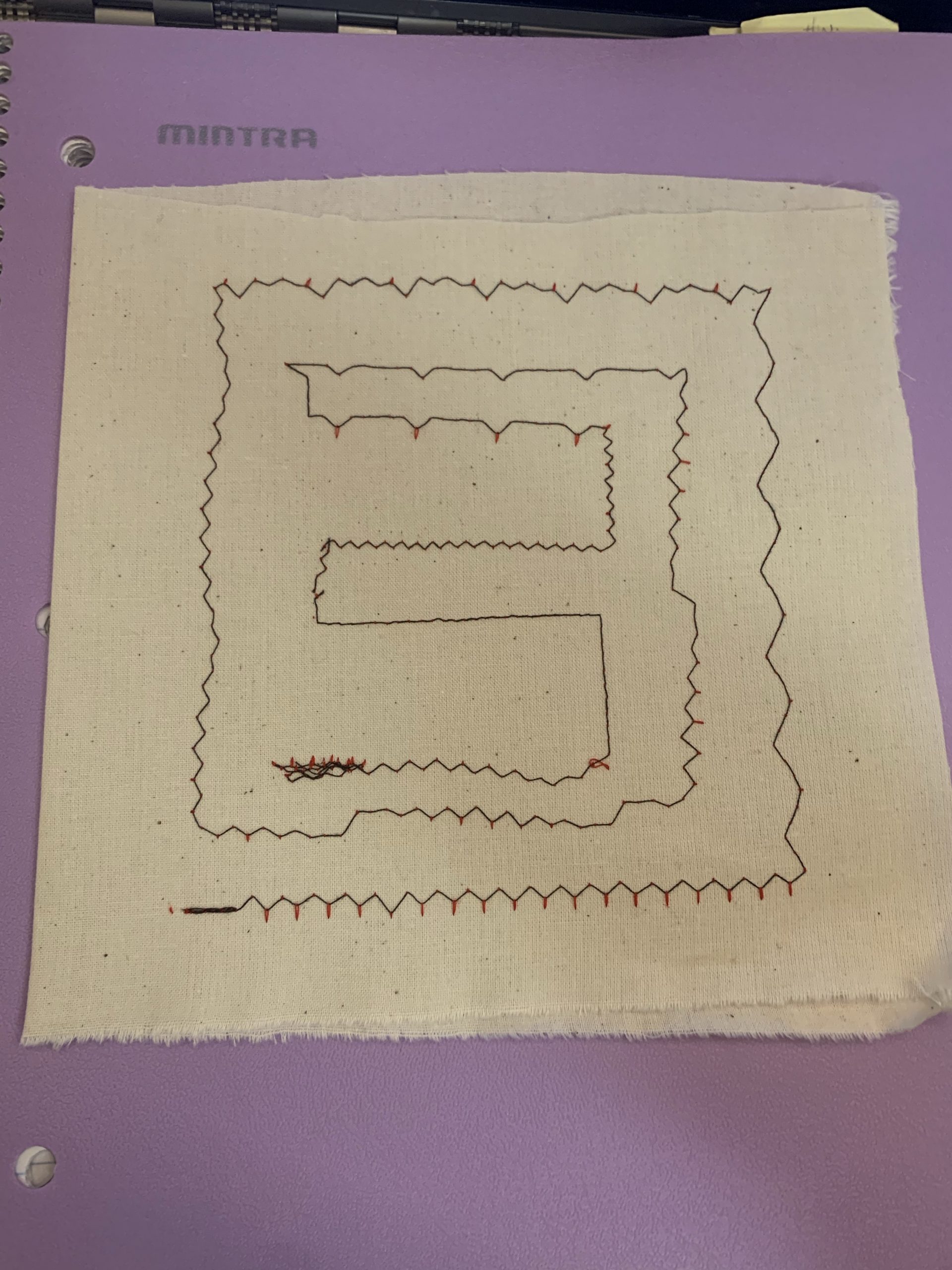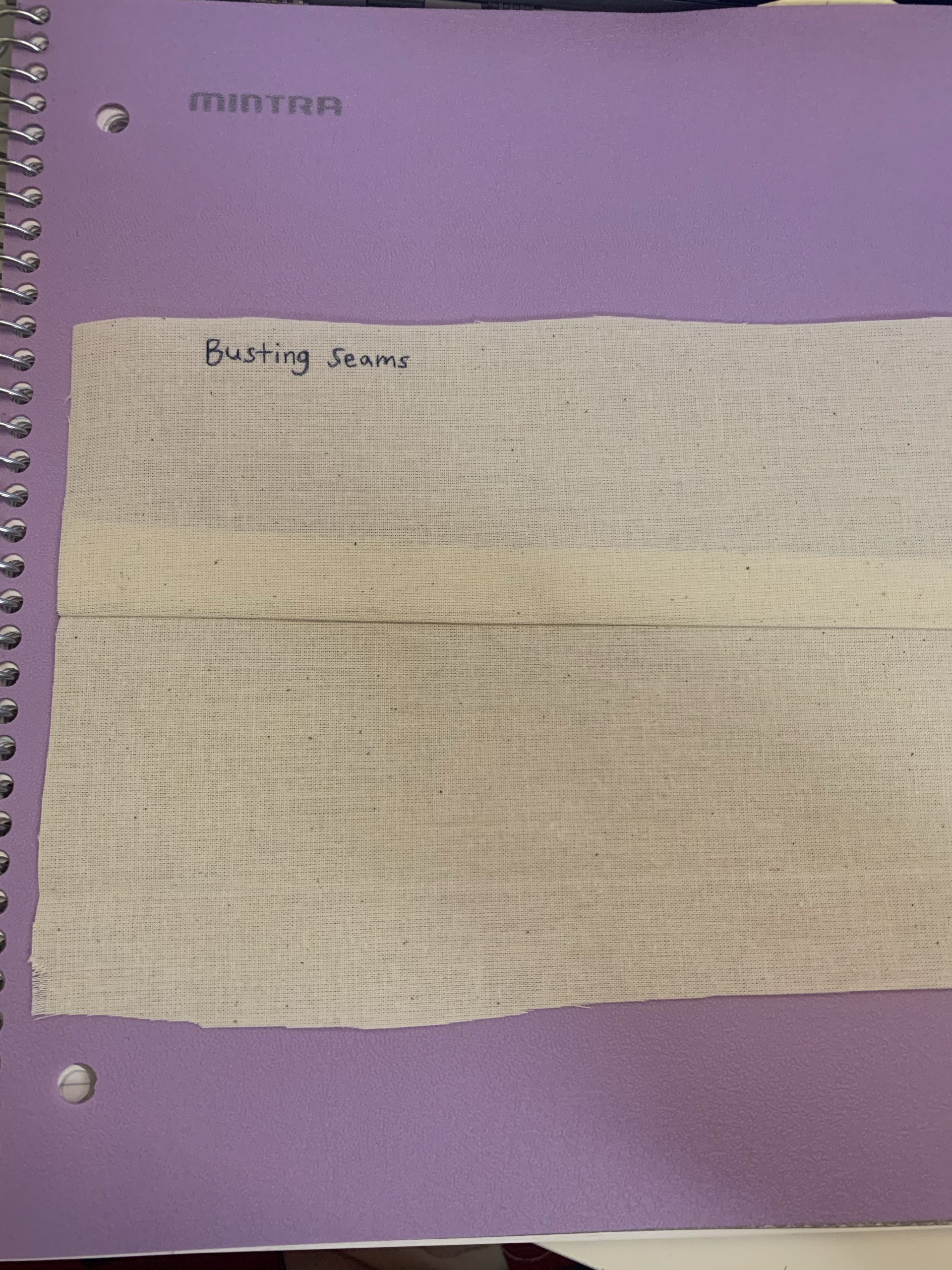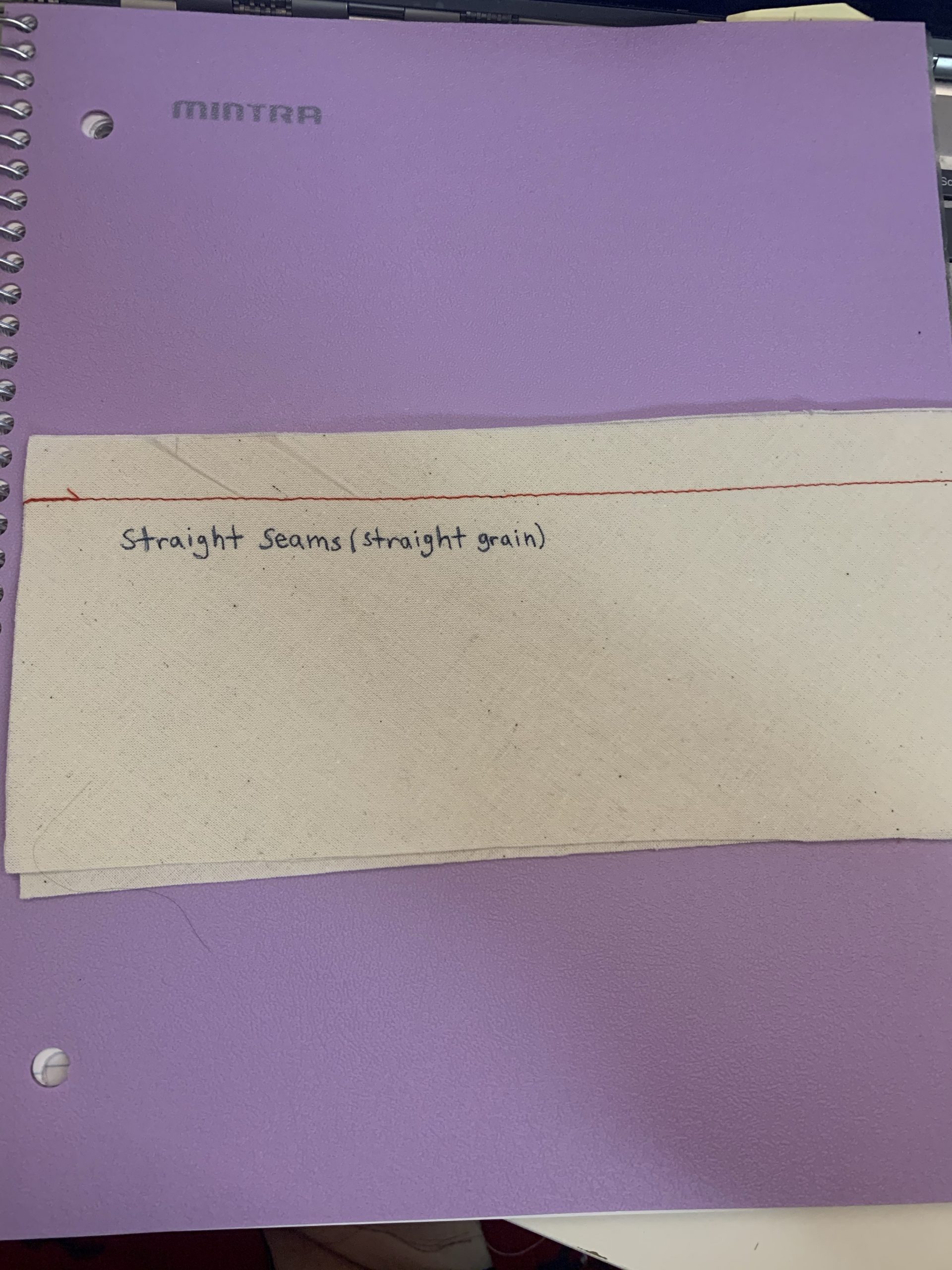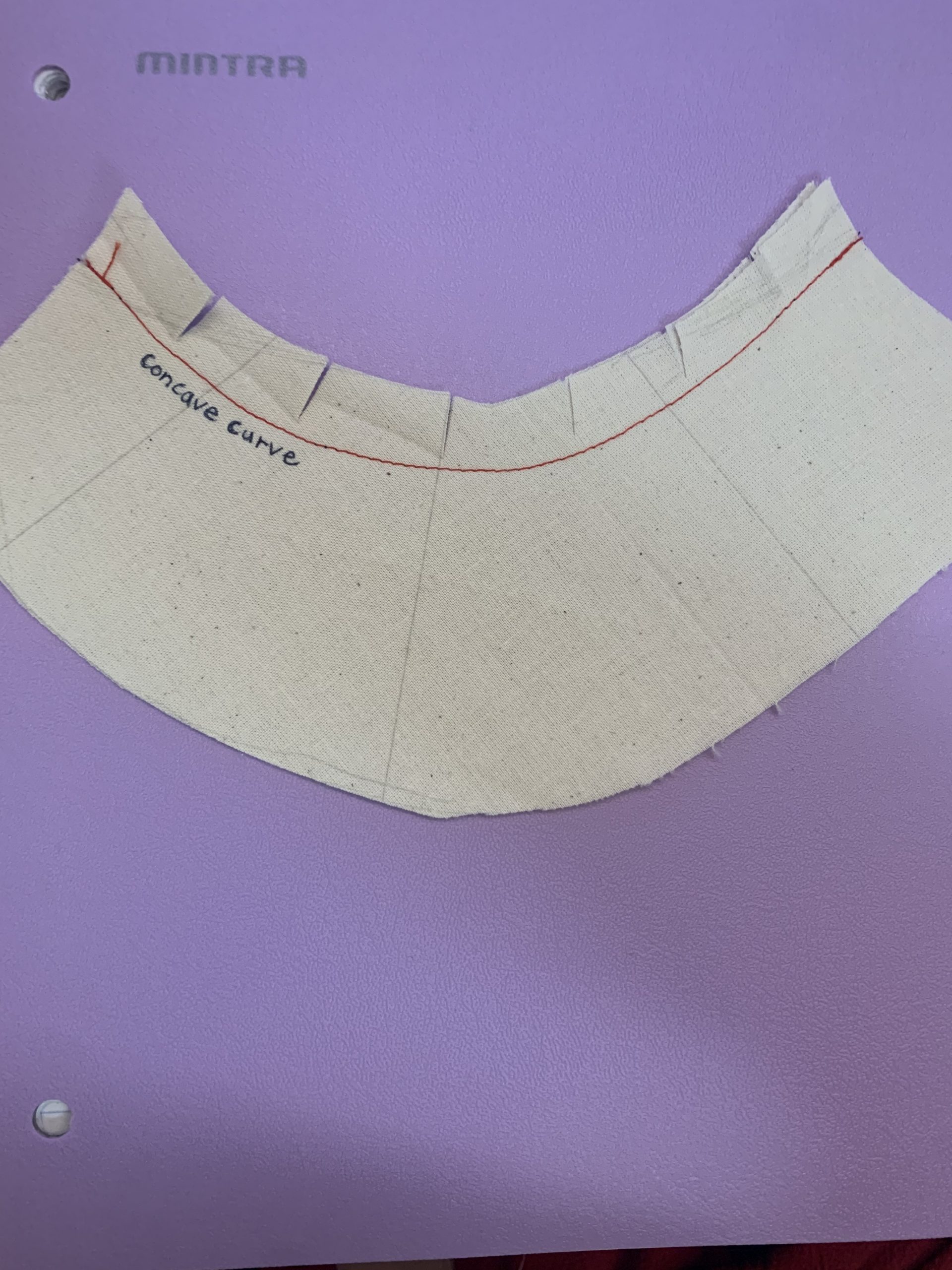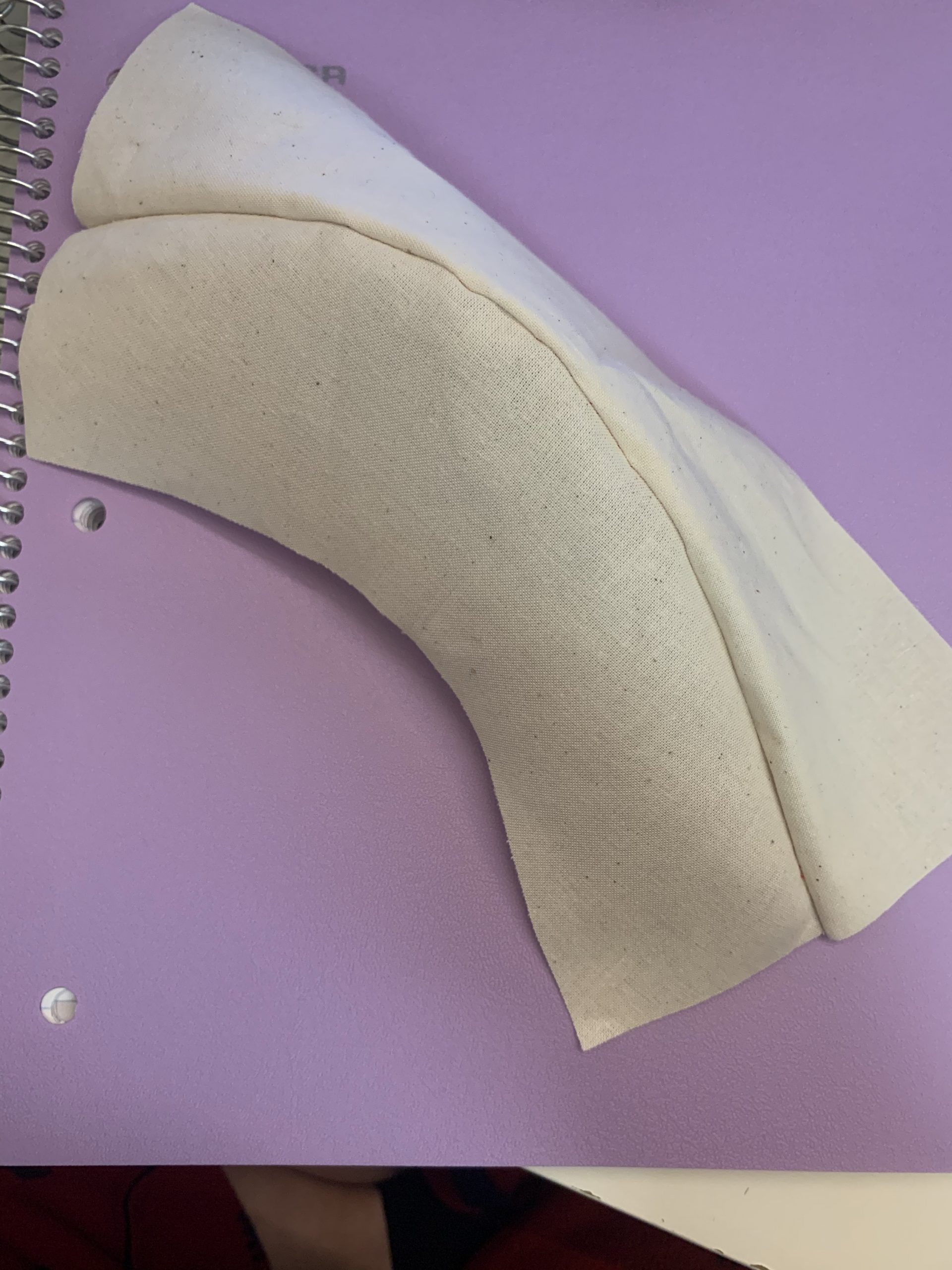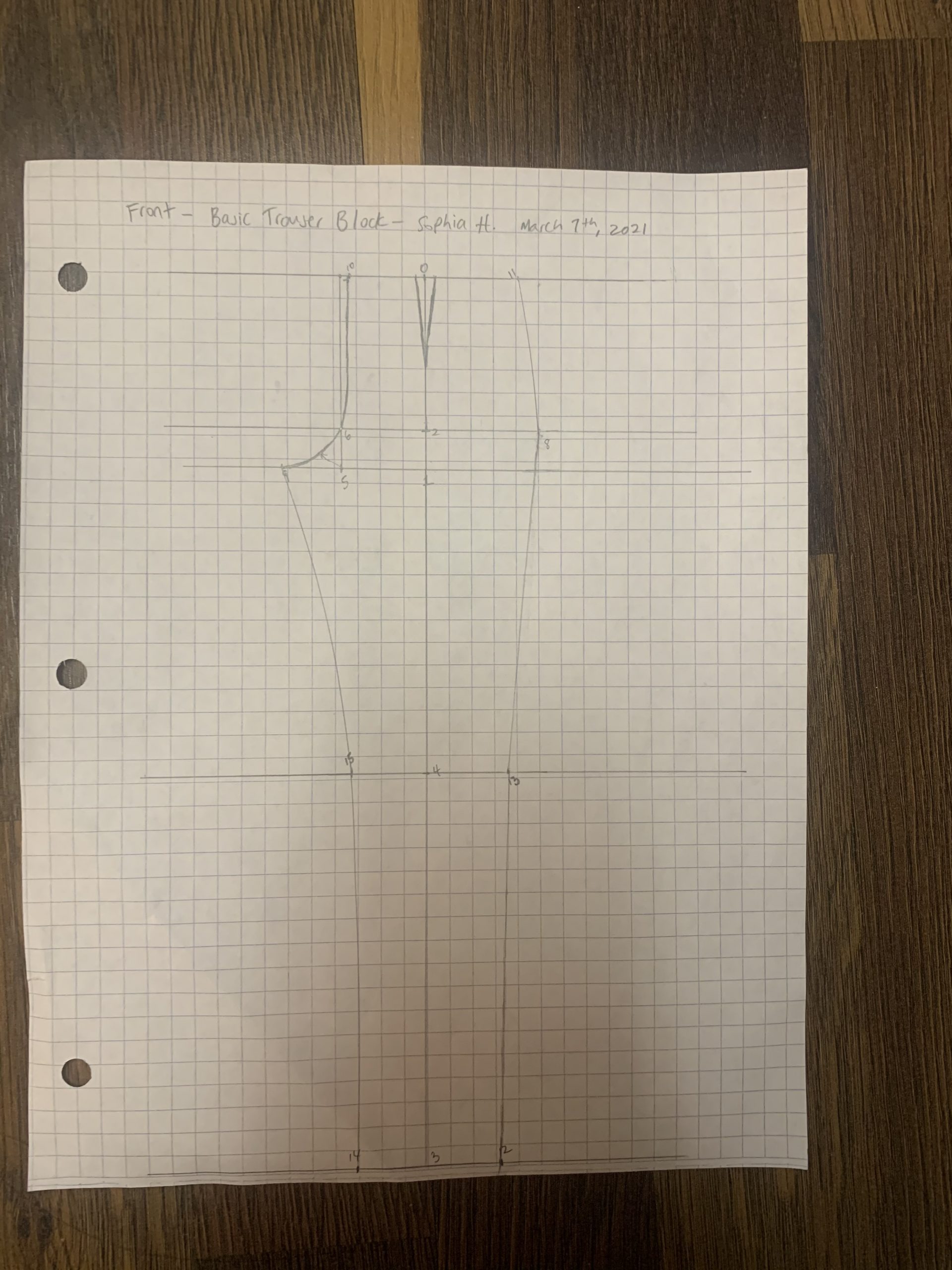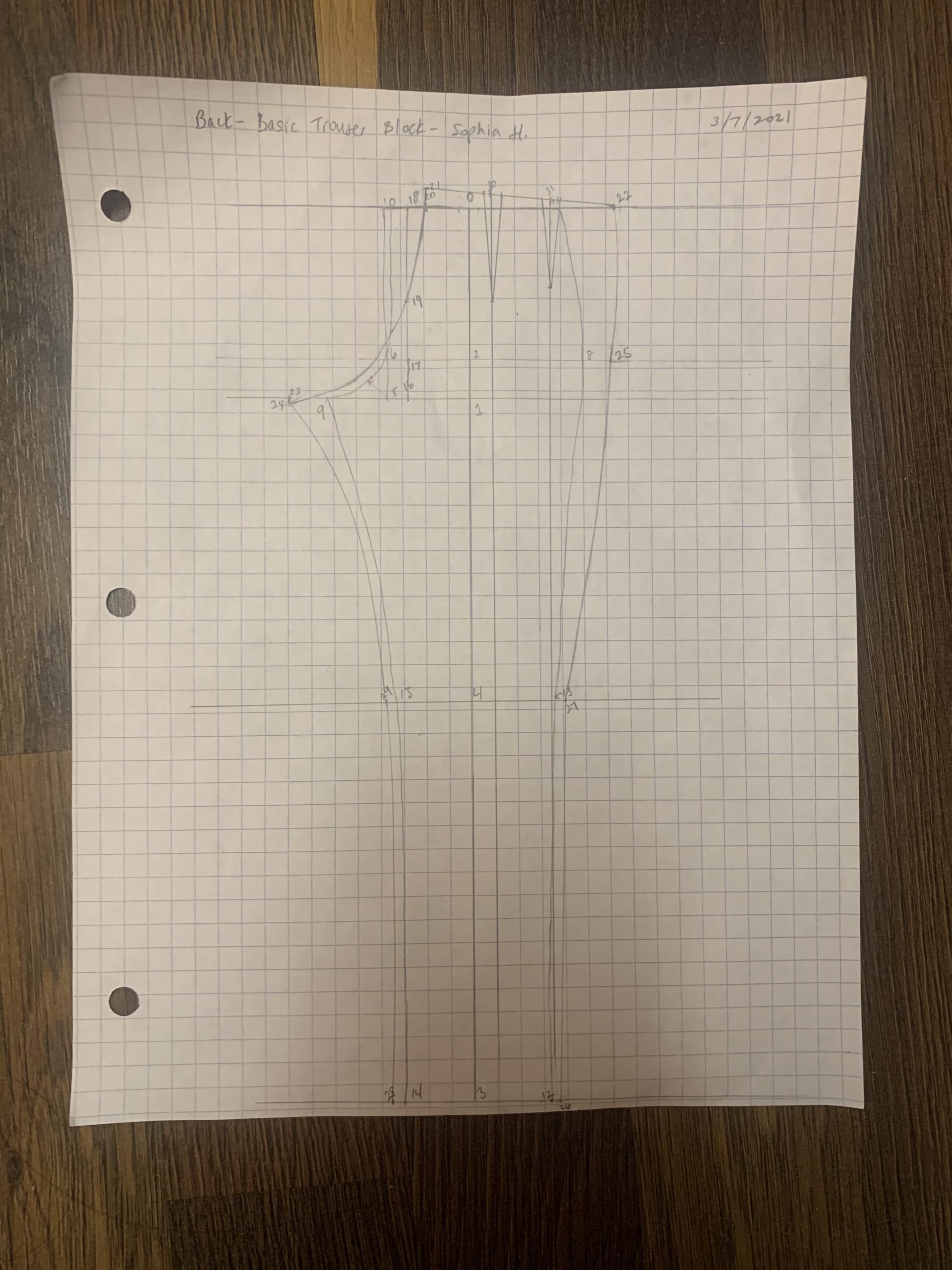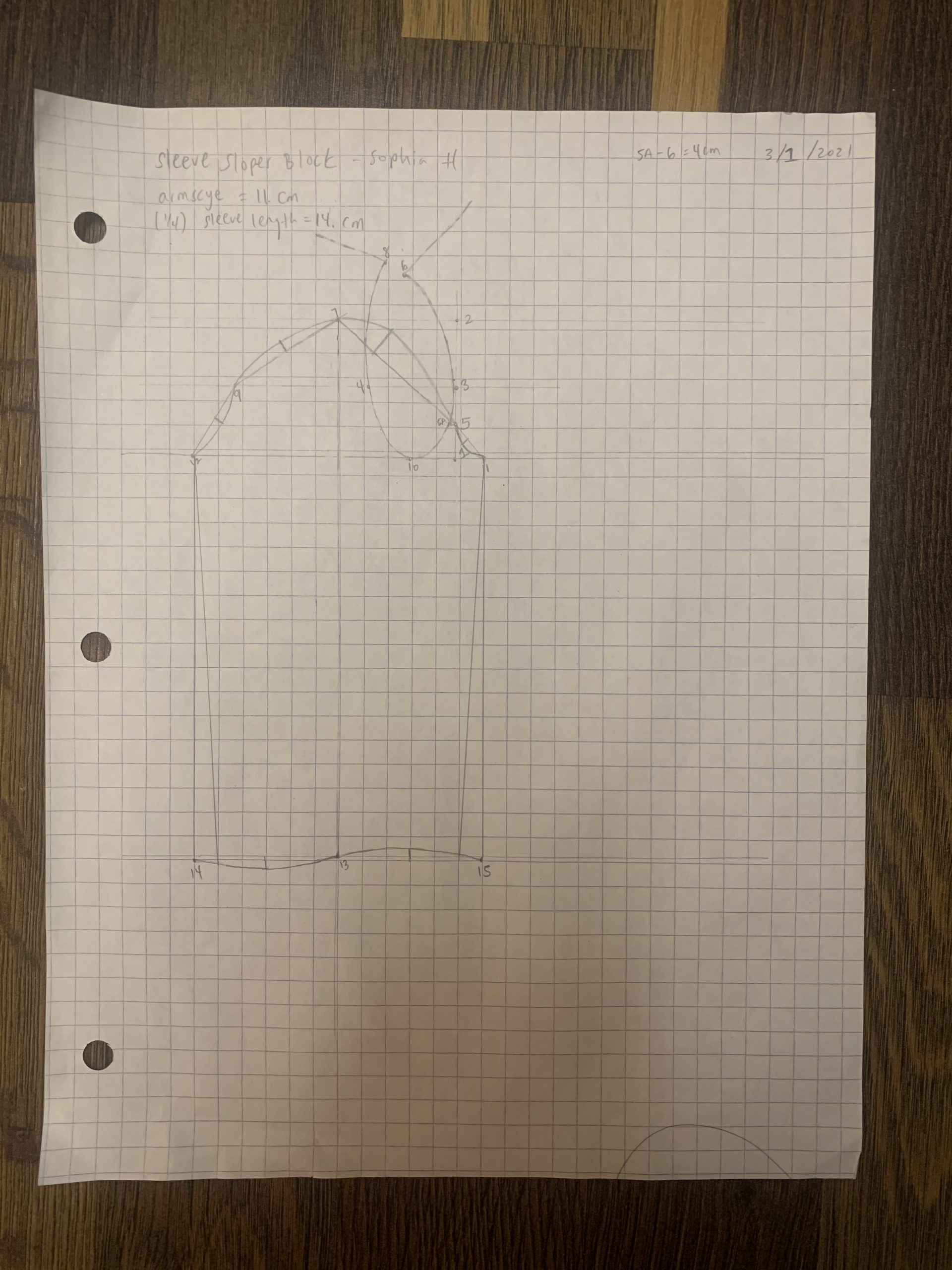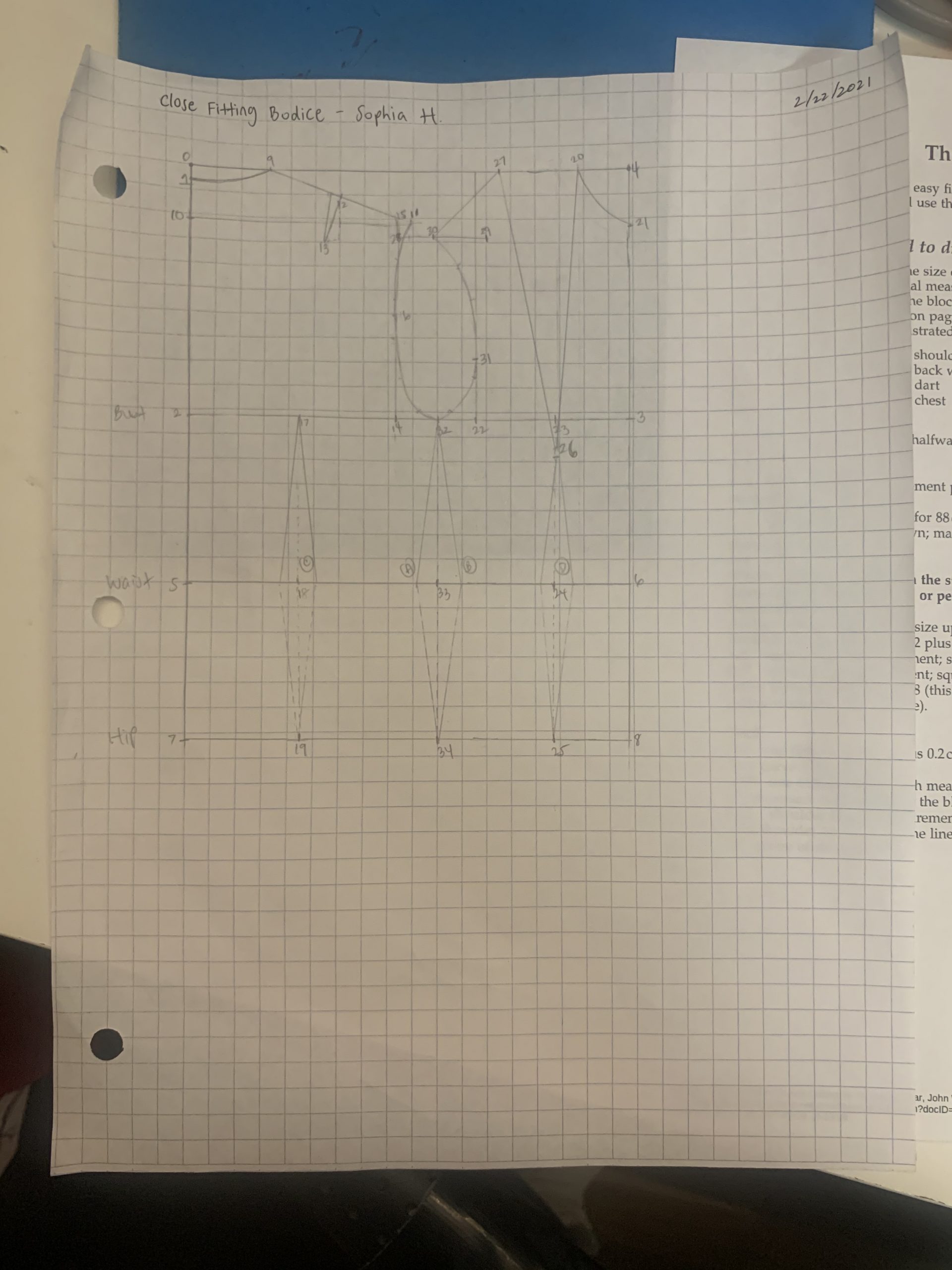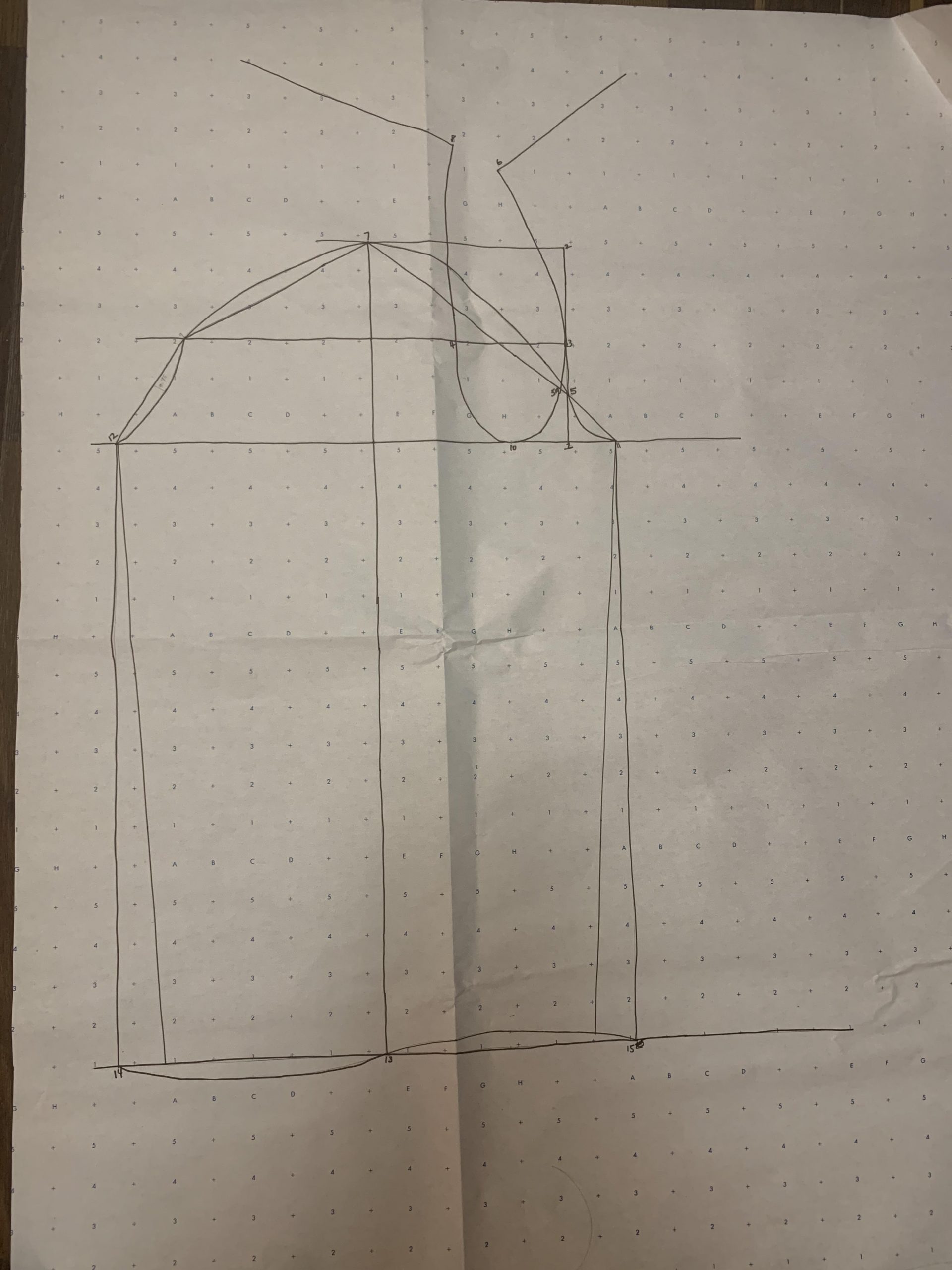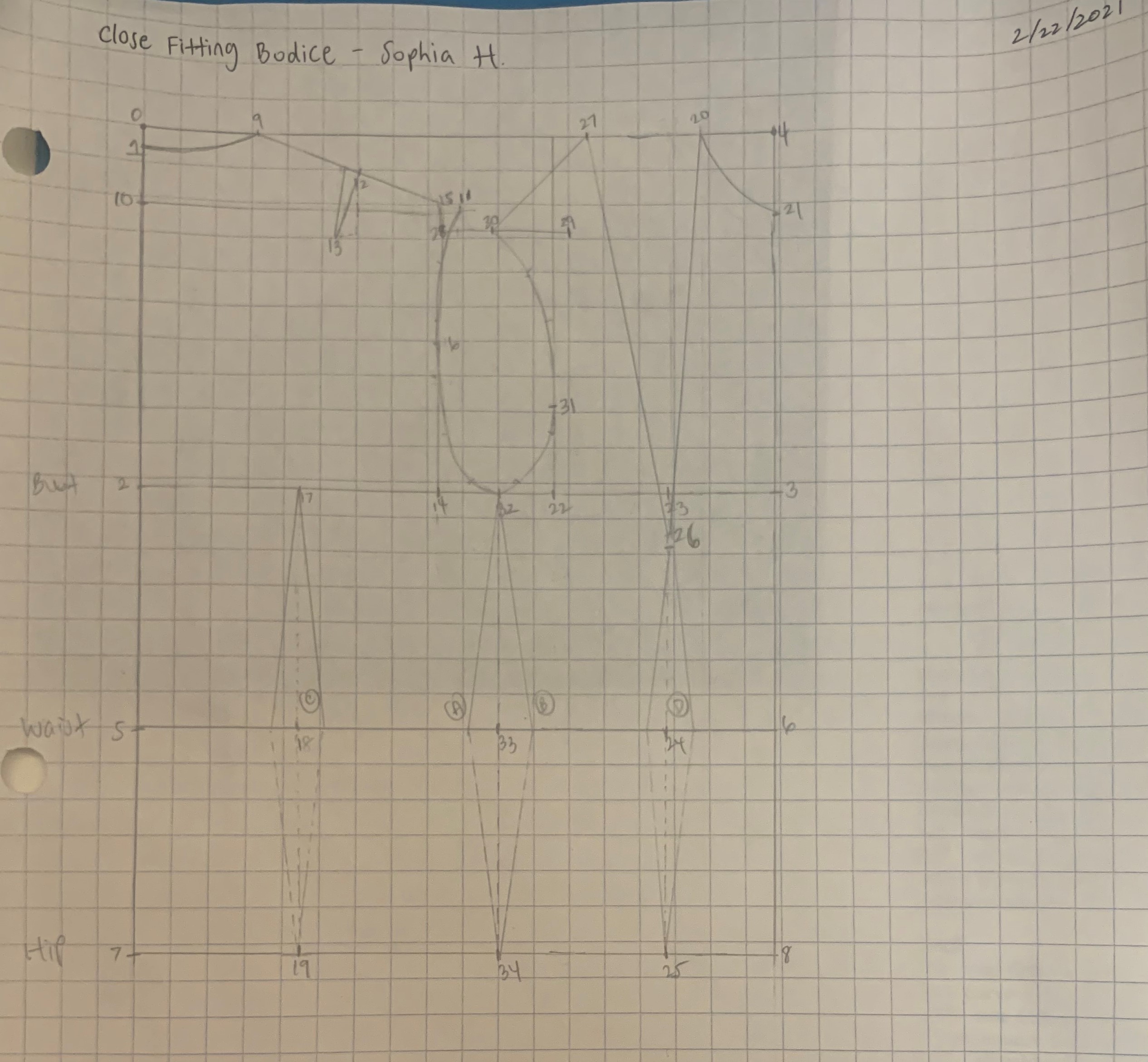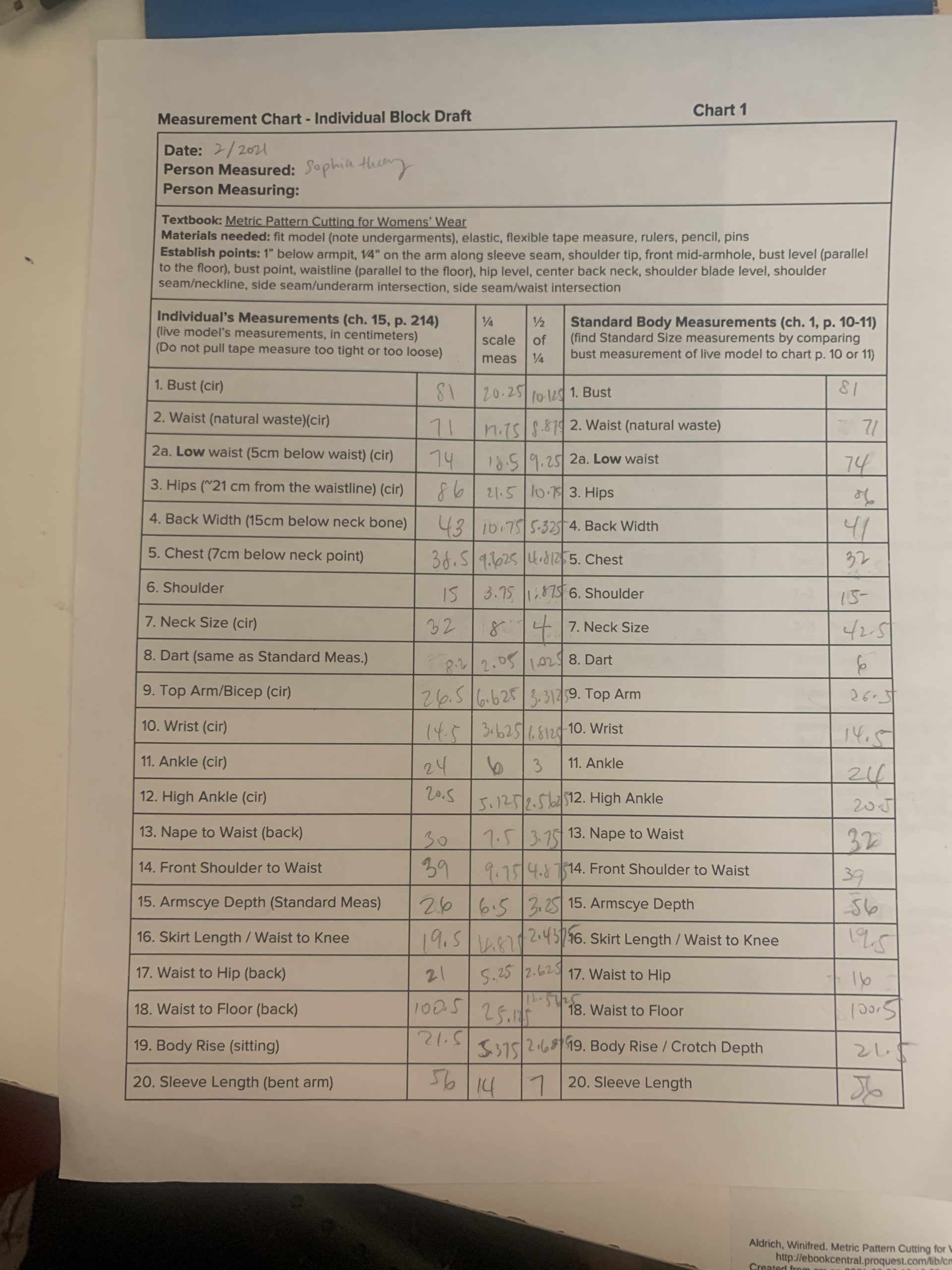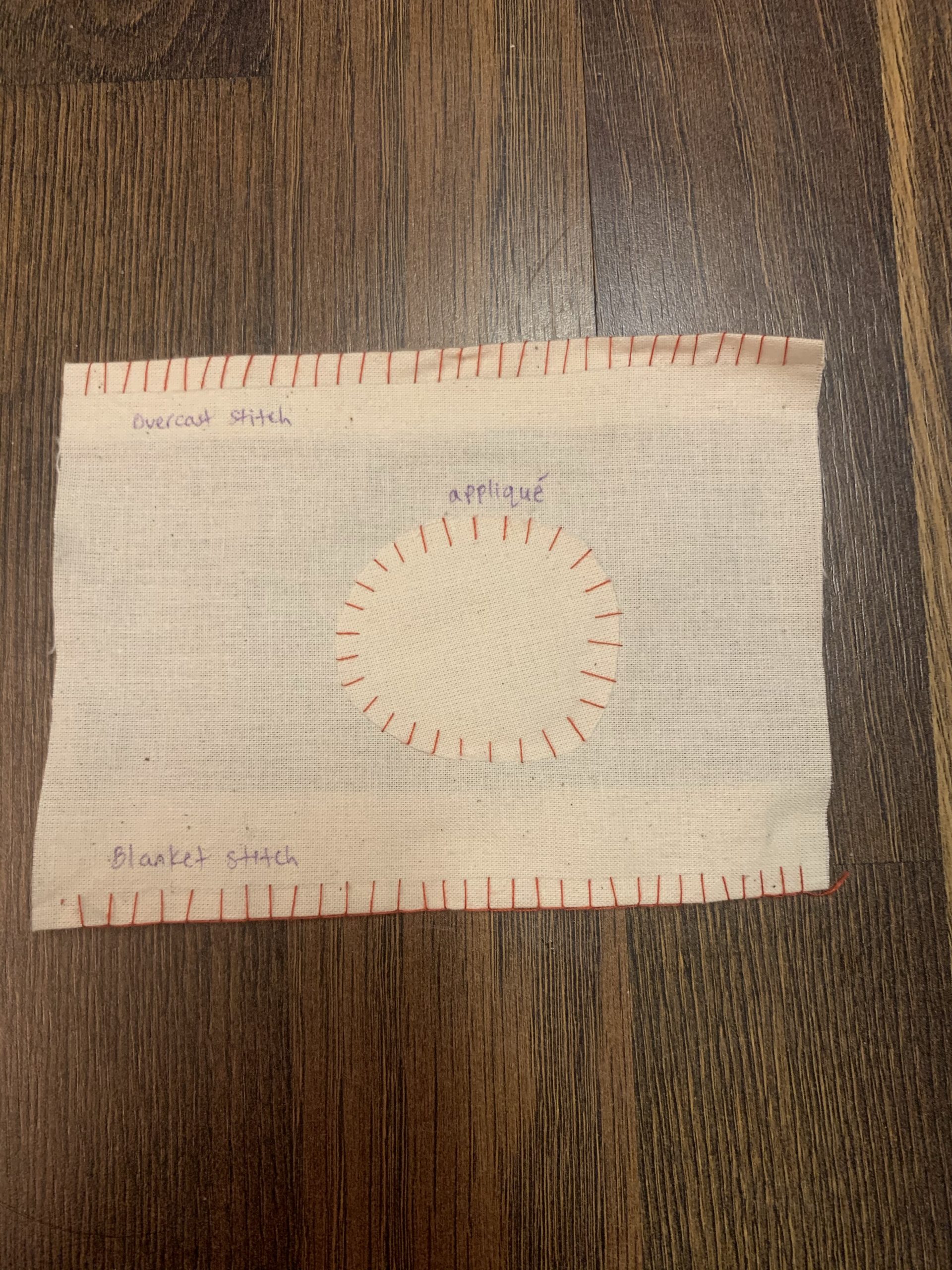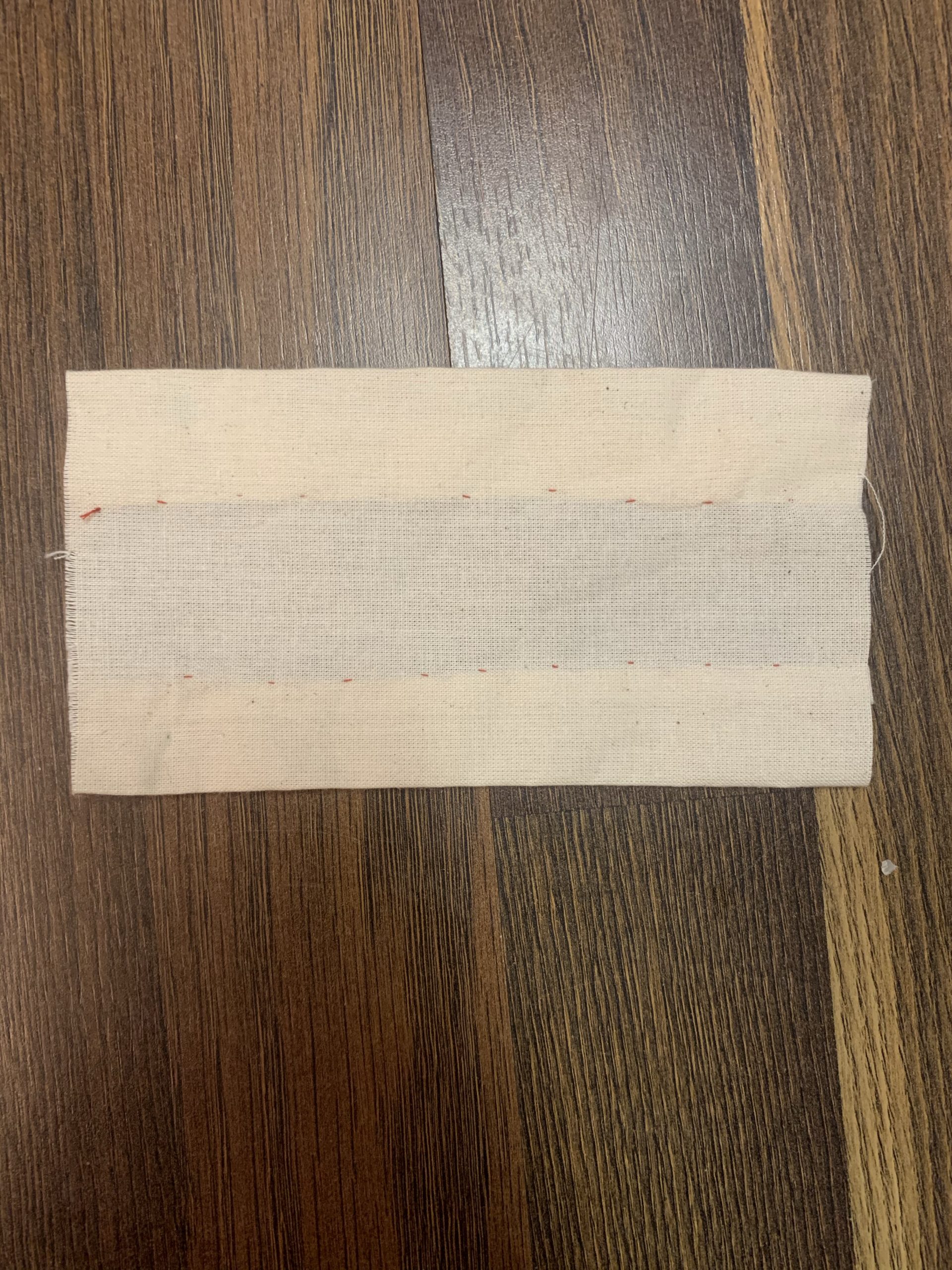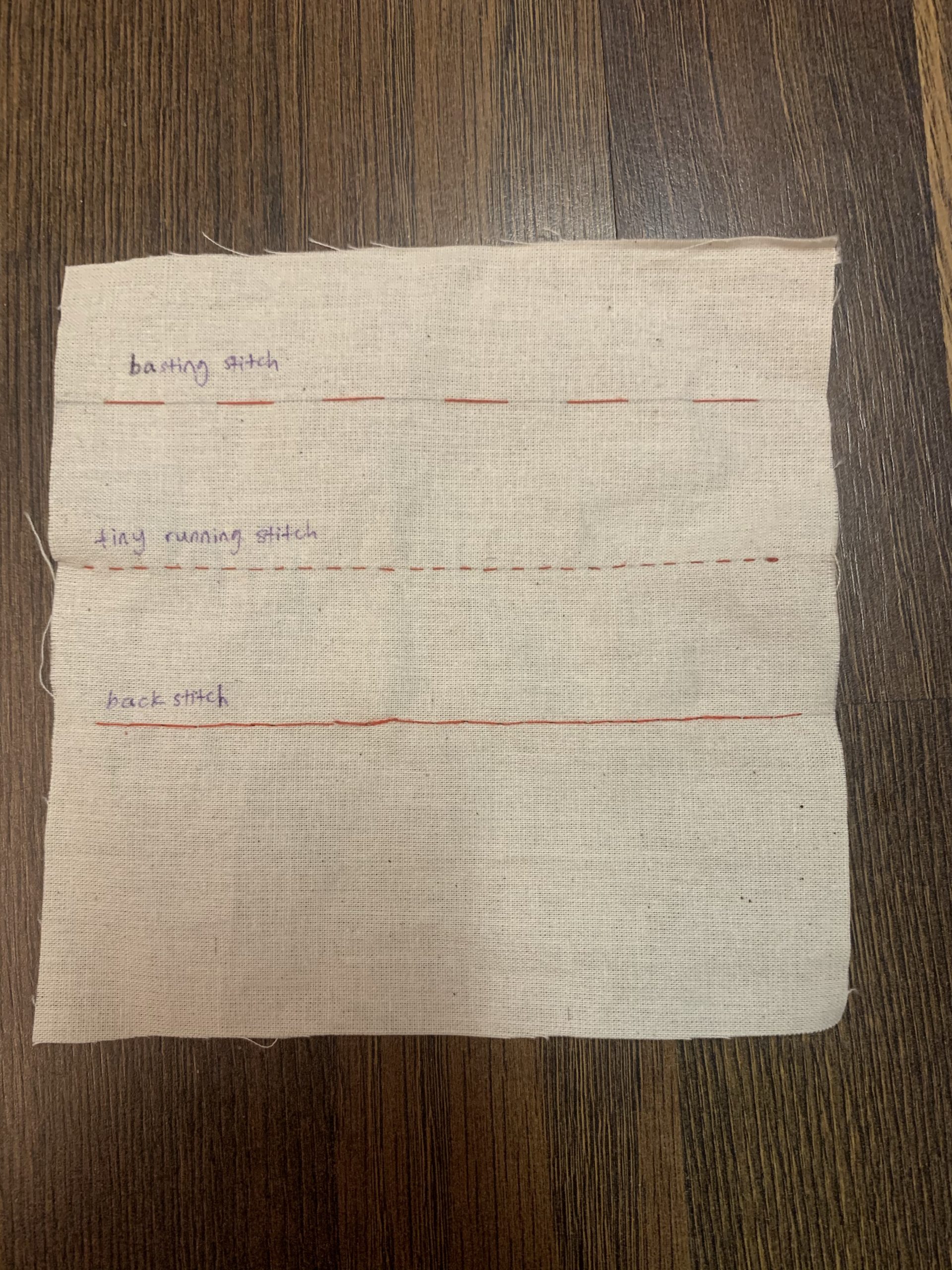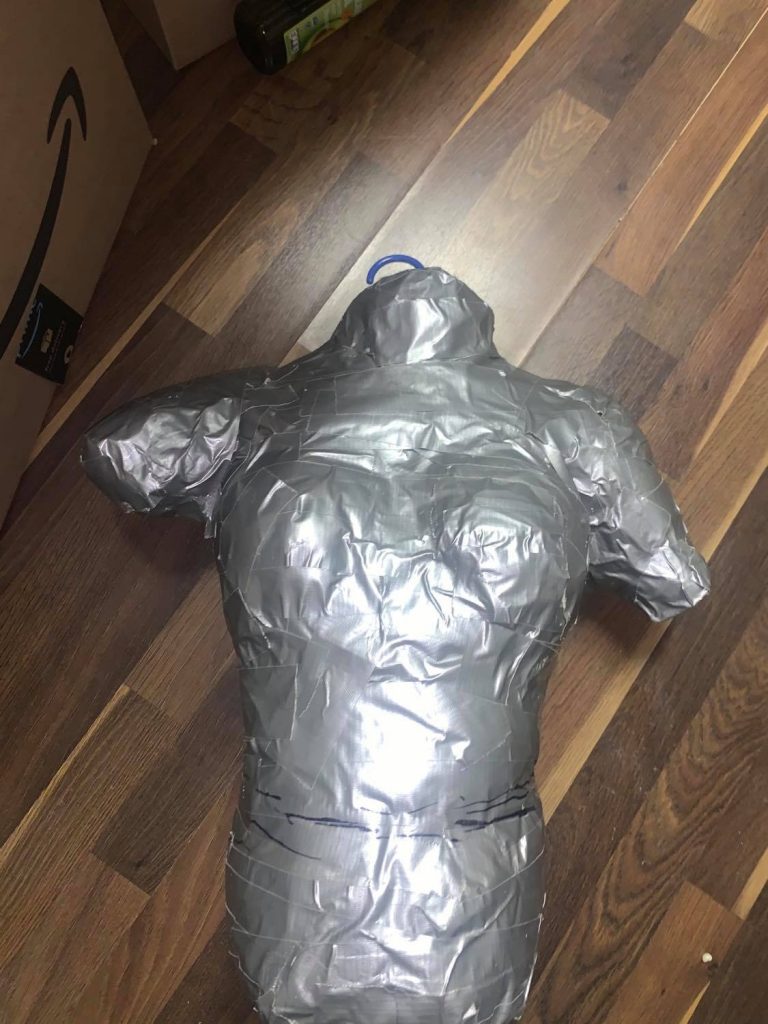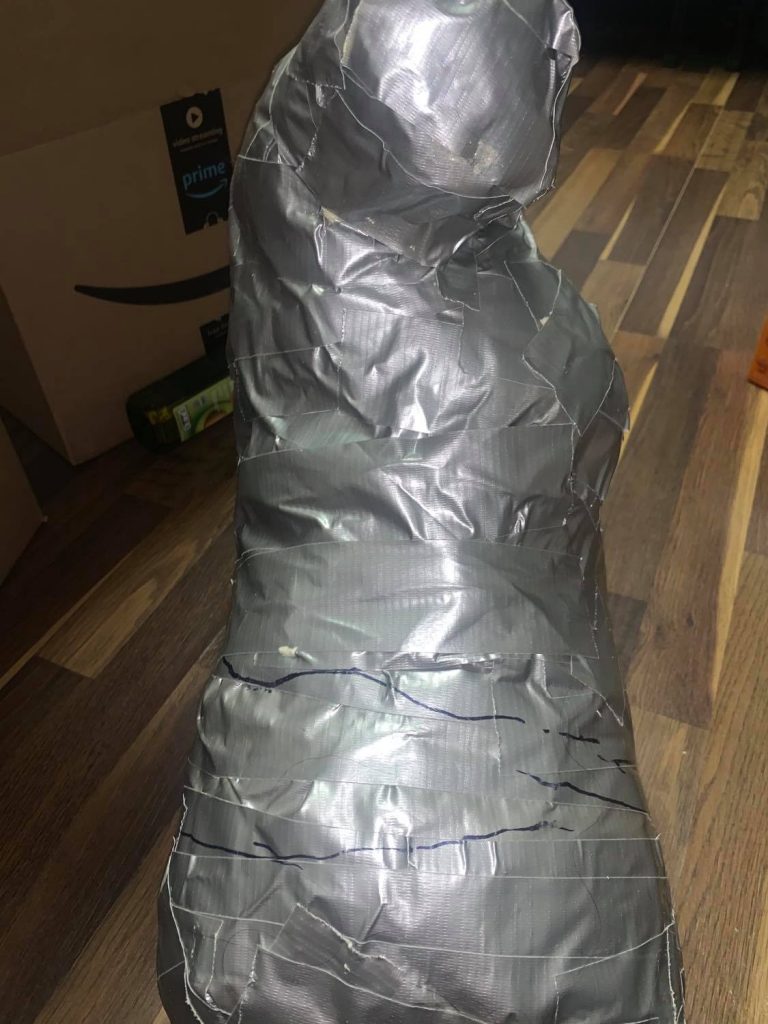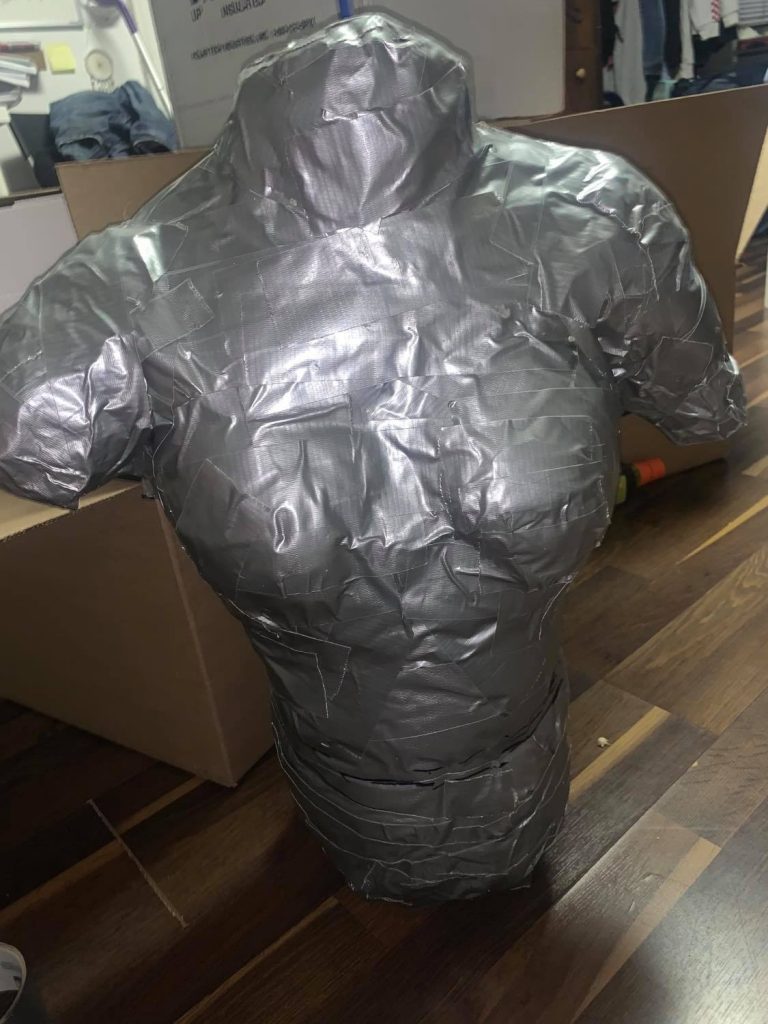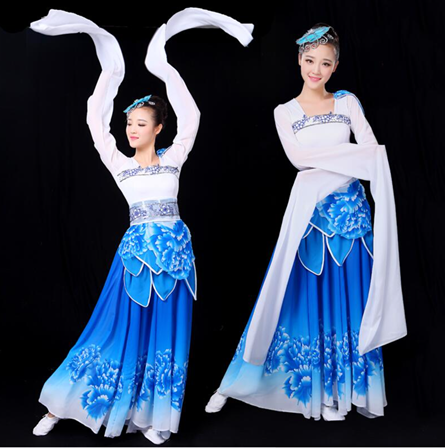Author: sophiah@andrew.cmu.edu
Full-Sized & 1/4 Scale Sloper Blocks – Sophia Huang
Updated 1/4 Close Fitting Bodice Block – Sophia Huang
Hand Sewing Samples (resubmitting to include back of sample) – Sophia Huang
1/4 Scale Sloper Block – Sophia Huang
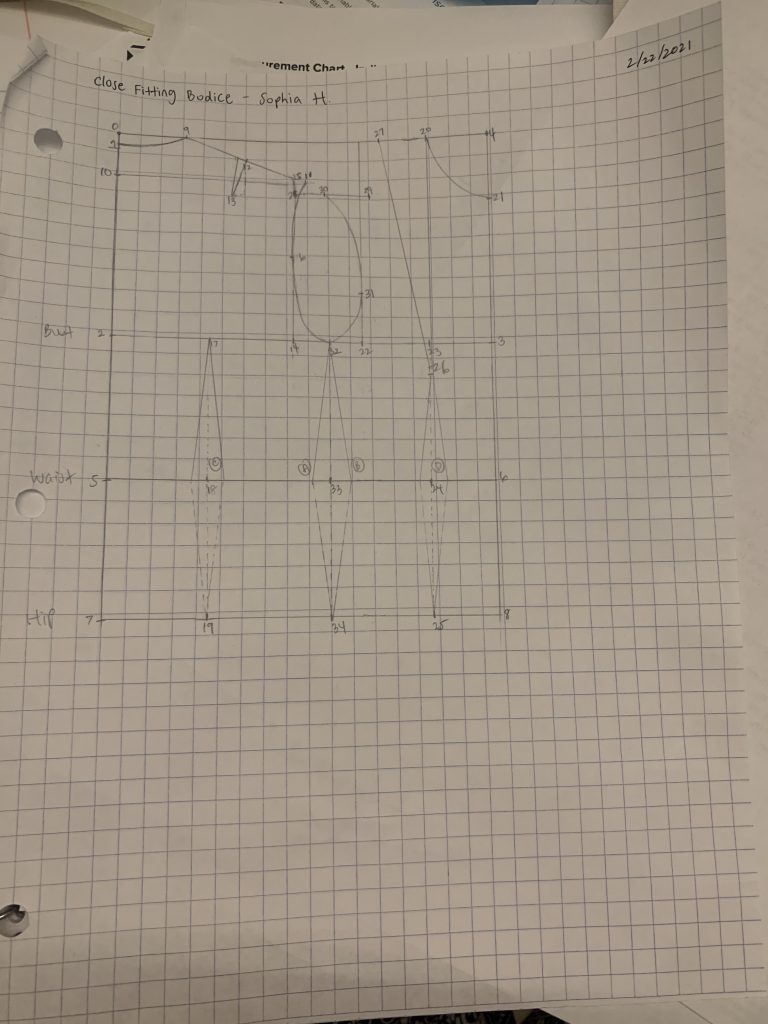
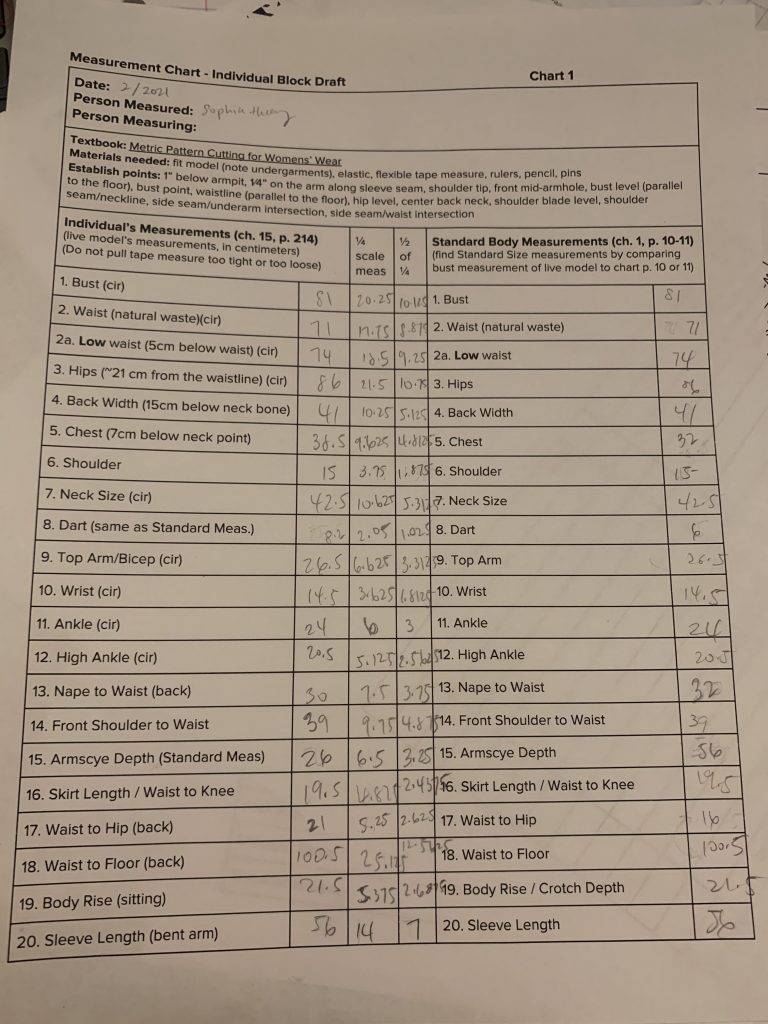
Hand Sewing Samples – Sophia Huang
Beginner Sample Set
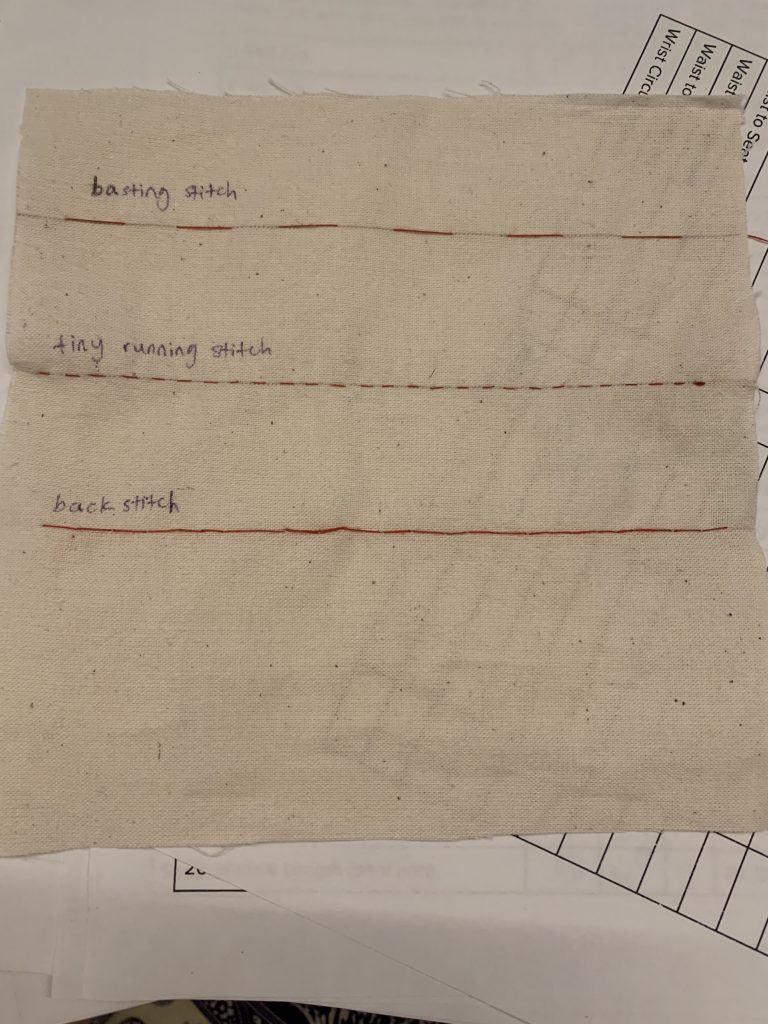
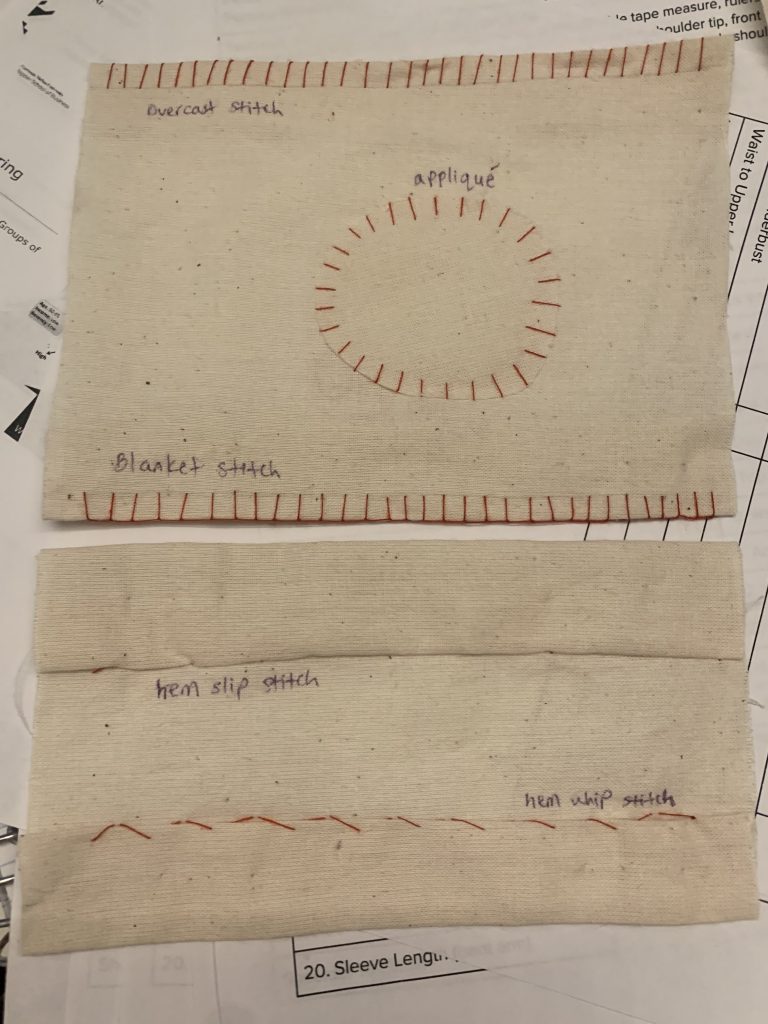
Dress Form – Sophia Huang
Below are images of the dress form. I had a lot of fun making this. I used around 2 rolls of paper towels to fill this up before adding the can of great stuff. I also finished my roll of duct tape. My shoulder area seems a little weird but everything else seems fine.
Cultural Garments – Sophia Huang

Innovative Application of Traditional Cheongsam Craftsmanship in Modern Design
By: Gao, Yingpei
This article talks about the history and the story of the Chinese cheongsam, also known as qi pao. The Chinese cheongsam is over 100 years old and first appeared in the first half of the 20th century. It then quickly gain popularity and became a common piece of clothing for women in China. The article also mentioned how cheongsam became popular because people thought that the previous traditional styles and crafts were old and “lacking in breakthroughs”. It is now one of the most ethnically representative Chinese costumes. It also comes in different designs and styles and was worn for different settings.
Something that the article mentioned that I never really thought too much about was the reason why cheongsam became popular. The article said it’s because people saw the previous traditional clothing as “old” and “lacking in breakthroughs”. I think that this shift to cheongsam has both positive and negative impacts. Before cheongsam became popular, many people in China wore han fu. Han fu has more than 3000 years of history and is known as one of the most traditional clothing that people used to wear. It also consists of many layers and it represents the Chinese culture. In the past, women are not allowed to show too much of their bodies. It was seen as inappropriate if women, or anyone, were to wear too little or if their clothing is not worn properly. However, as time passed and as people in China get more exposed to the other worlds, they became more and more accepting of other’s traditions. People also started to like the way those from the West dressed and they no longer saw wearing too little as a horrible thing. I think that this has negative impacts because although cheongsam still consists of designs inspired by Chinese cultures, it is still like a step away from traditional clothing. And as time passed, there are fewer and fewer Chinese elements left in their clothing.
At the same time, I also think that this shift has positive impacts. I believe that the shift to cheongsam gave women more ability and freedom to express themselves. Not only was it a tradition for women to wear many layers before cheongsam became popular, but women were also not allowed to reveal their bodies in front of people, other than their husbands. Cheongsam changed this. It is often made out of a thin piece of fabric and it has a high leg opening. It also better show a women’s body shape than han fu. I think that this shift allowed women to gain confidence and freedom. Confidence because they can now “reveal” more of their body and don’t need to hide in many layers of clothing. Freedom because they can now have more of a say of what to wear and what to and not to show others.
Garment Inspiration – Sophia Huang
I am personally really interested in traditional Chinese clothing. Growing up I have often learned about the different Chinese dynasties and how each of them is similar but yet very different. One of their main differences is the style of clothing. Despite those differences, traditional Chinese clothing is often layered and includes patterns/designs that represent the Chinese culture. However, as years passed, people start to be less traditional in the way they dress, making these types of clothing (especially the handmade ones) harder and harder to find.
All three garments above are Han Fu. They all include Chinese patterns/symbols and includes multiple layers. The first dress is often worn to perform the traditional Chinese sleeve dance, the second one is for the traditional fan dance, and the last outfit is the most similar to what women in the Han dynasty would wear. These garments stand out to me because of the traditional elements in them and the history behind this type of clothing. I am also really interested in how the designers put each layer together to allow the dress to make different shapes/movements as the person wearing them dances.
